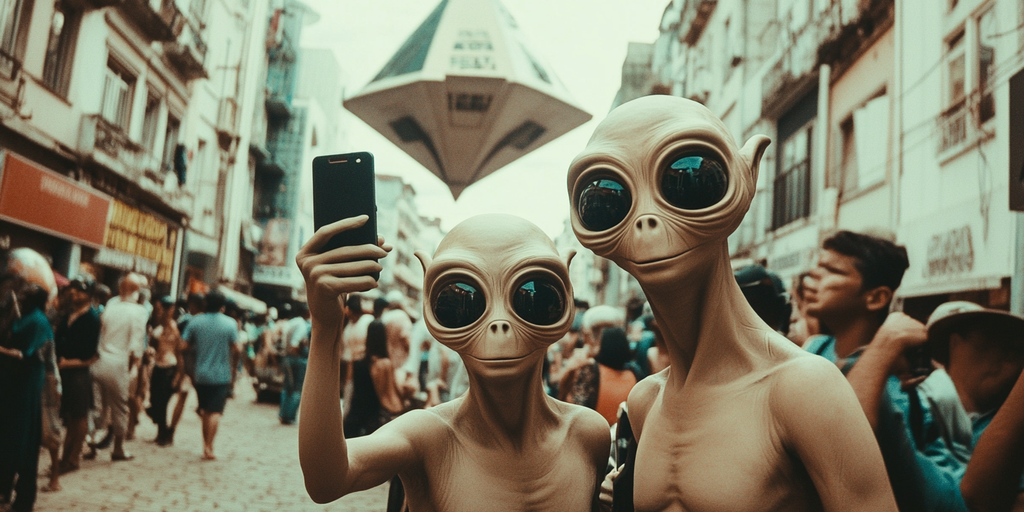
In brief
- Rep. Anna Paulina Luna responded to an image of a many-eyed figure resembling a biblical angel, sparking debate over whether UFOs could be spiritual beings.
- The image, posted by X user Adrian Dittmann, was seen as symbolizing divine order.
- Experts say that modern alien archetypes reflect pop culture, while ancient visions, such as angels, originate from religious traditions.
Are we mistaking angels for aliens?
A viral post by U.S. Representative Anna Paulina Luna (R-Fla.) has sparked debate over whether a recent UFO image shows a biblical being instead of an extraterrestrial visitor.
The debate began on Sunday when Luna, tweeting from her personal account, replied to a post by user Adrian Dittmann showing a biblically accurate angel.
“Actual representation of angels,” Luna wrote on X. “10/10 post.”
Actual representation of Angels. 10/10 post.
— Anna Paulina Luna (@realannapaulina) July 7, 2025
Luna, who chairs a House task force on declassifying federal secrets, has expressed interest in and advocated for investigating unidentified anomalous phenomena.
A 2024 RealClear Opinion Research poll found that among Americans, 56.9% of respondents believe in aliens, 61.4% in ghosts, and 70.3% in the devil, compared to 85.4% who believe in God.
According to Mitch Horowitz, author, lecturer, and co-host of HBO Max’s Alien Encounters: Fact or Fiction, people tend to interpret anomalous experiences—such as UFO sightings—through the cultural and spiritual frameworks familiar to them.
“An anomalous encounter might sound somewhat like the modernist versions of scripture on which they were raised,” Horowitz told Decrypt. “Whereas a person at another time, place, or setting could have a very different reference point.”
The image showed a surreal, many-eyed figure with multiple wings resembling the biblical Ophanim. Traditionally seen as guardians of God’s throne, Ophanim are part of the celestial hierarchy, along with Cherubim, Seraphim, and Archangels.
While ancient texts offer structured visions of the divine, today’s encounters with the unknown often take the shape of modern myth, reflected in alien archetypes drawn more from science fiction than scripture.
These alien archetypes, known as Greys, Reptilians, and Tall Whites, reflect pop culture more than universal truths, Horowitz explained.
Greys, with their emotionless demeanor and oversized black eyes, are the most iconic images associated with UFO lore, abduction stories, and Cold War fears. Reptilians represent darker conspiracies of control and manipulation, while the Tall Whites evoke a Nordic, almost angelic form.
“We know what a Gray is, or a Reptilian, or a Tall White—these are terms from subculture and entertainment,” Horowitz said. “They may sometimes describe authentically anomalous phenomena, but our first instinct is to explain such things using culturally familiar language.”
Generally Intelligent Newsletter
A weekly AI journey narrated by Gen, a generative AI model.
https://decrypt.co/329029/us-politicians-tweet-revives-cultural-debate-uaps








